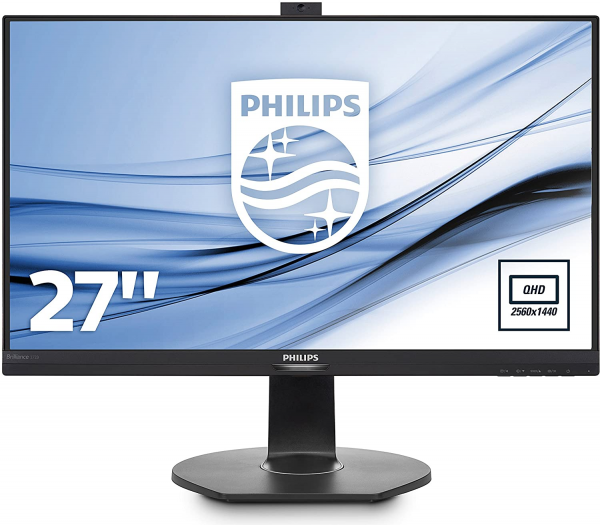Philips
Philips 272B7Q: a well-equipped office monitor
Aprox. 488€
See specificationsThe Philips Brilliance 272B7Q is an office monitor made for everyday work. It even offers a few little extras like a built-in webcam and a Power Sensor presence detector which turns off the monitor when no one is present in front of the screen and therefore reduces consumption.
Positive points
Perfect picture.
Ergonomics.
Finish.
Connectivity.
Integrated webcam and microphone.
Presence detector.
Reactivity and delay in display.
Bad points
Limited contrast.
Launch price.
Our review
Presentation
For the rest, this monitor has a 27-inch IPS panel displaying a Quad HD definition of 2560 x 1440 px, an ergonomic stand and fairly complete connectivity.
The Philips 272B7QPTKEB that we tested is sold for around 700 €, a high price for a 27 inch Quad HD monitor, but Philips justifies this price by its level of equipment.
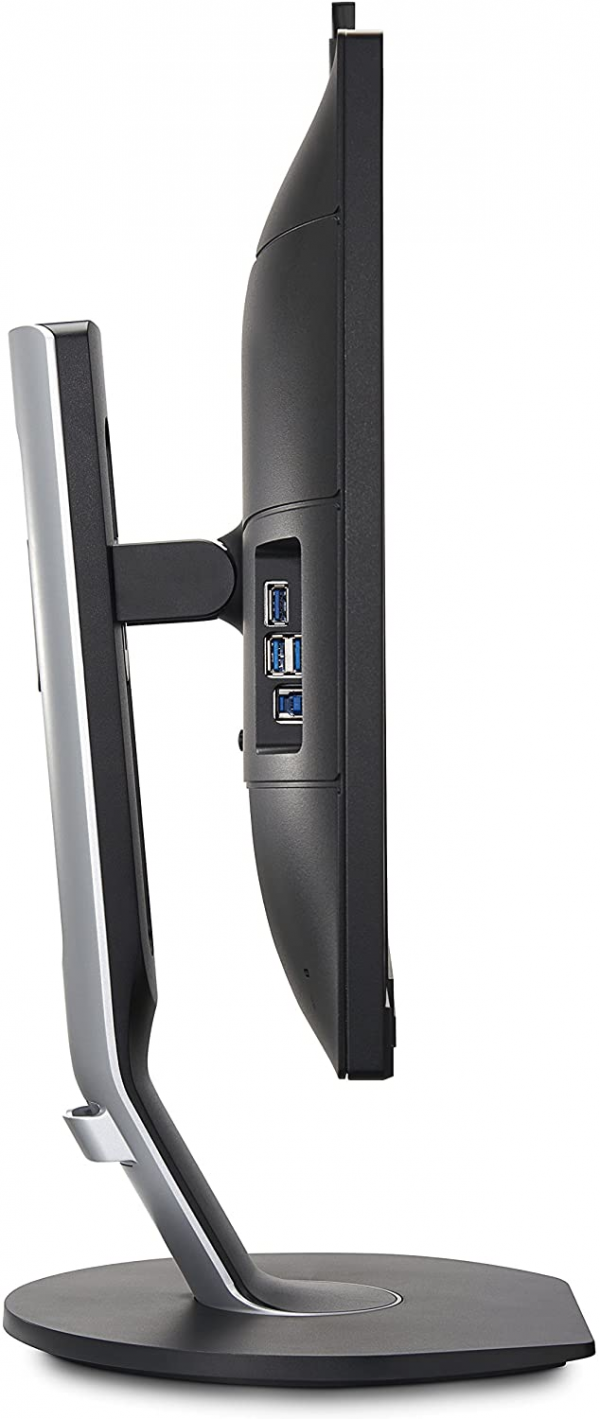
Ergonomics
The design combining black and gray plastics is very classic. The size of the top and side edges is reduced, but the bottom edge is always a little more bulky. It must be said that this is where the Power Sensor presence detector is located, just below the Philips logo.
The rear design is extremely refined. Cables can run behind the foot to free the desk.
The ergonomics are exemplary. The foot is adjustable in height by 15 cm, the tilt between -5 ° and + 20 °, the rotation by about ± 175 ° - it turns completely - and the monitor can rotate in portrait orientation. On this top-of-the-range model, the various adjustments are made smoothly and without squeaking.
The connection consists of an HDMI input, a DisplayPort input, a mini-DisplayPort input, a VGA input, a DisplayPort output (for chaining several screens), an audio input and a headphone output. On the side of the screen, there is a composite hub with three USB 3.0 ports, one of which is compatible with fast charging. The screen also has two 2-watt speakers whose quality is sufficient for conversations.
One of the special features of this monitor is the integration of a retractable webcam; just press it. This webcam is surrounded by a microphone (on the right) and a white activity led (on the left). The quality is very acceptable for an integrated webcam. It handles differences in brightness very well, but still produces some digital noise in low light.
The settings are made using four physical buttons located under the lower edge of the screen. This system is not the most practical and handling errors are common. Fortunately, the menus are clear. The proposed settings are numerous (brightness, contrast, blue light filter, sensitivity of the presence detector, temperature, gamma, overdrive ...).
This monitor consumes approximately 19 watts with a white set at 150 cd / m². Relative consumption (95 W / m²) is low, especially compared to that of other monitors on the market (the average of the screens tested is 150 W / m²). For use 8 hours a day, 5 days a week, this represents just over € 5 per year. The presence detector - which puts the monitor on standby when no one is in front - can drastically reduce annual consumption. At maximum brightness (371 cd / m²), it consumes 31 W and at least 16 W (87 cd / m²).
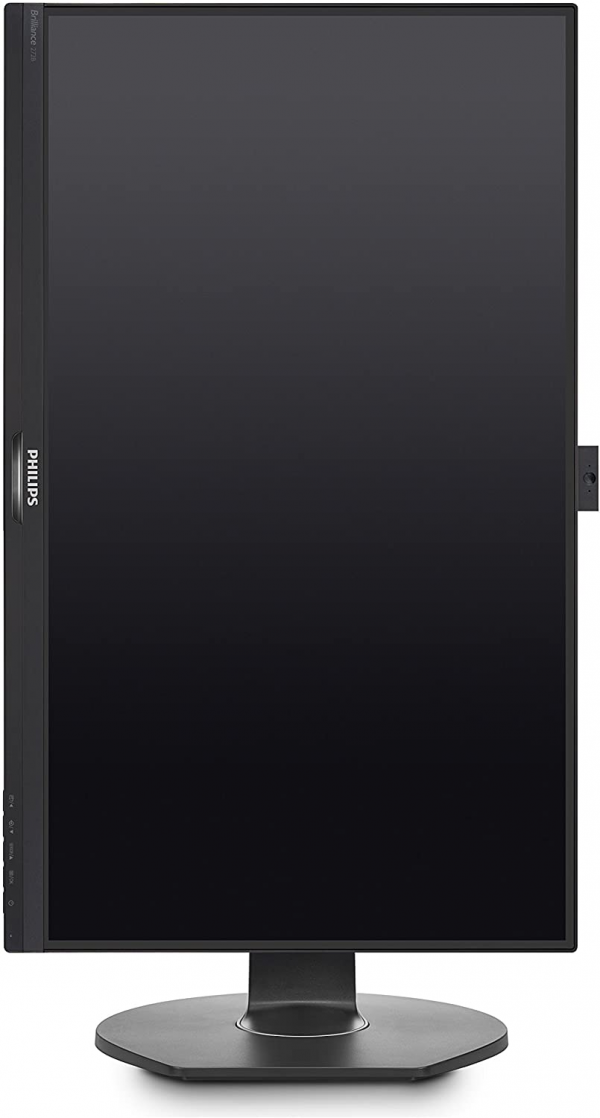
Colors and contrast
Default: average gray temperature: 6.420 K
Default: gamma curve at 2.3
Default: Delta E average at 2.0
Factory calibration is very good. The average delta E is much less than 3, a value beyond which the eye perceives a difference / The colors are therefore perfect here. The temperature is of the same ilk, with an average value (6,420 K) very close to 6,500 K and above all a very stable curve over the entire spectrum. The gamma curve does not offer this stability, but the average is still 2.3.
Manual adjustment: average gray temperature: 6.420 K
Manual adjustment: gamma curve at 2.3
Manual setting: Delta E medium at 2.0
By lowering the brightness to 21, we get a blank at 150 cd / m² on our test pattern. This decrease has very little impact on the image quality which is identical to that obtained by default.
Calibrated: average gray temperature: 6.340 K
Calibrated: gamma curve at 2.2
Calibrated: Delta E medium at 1.6
Calibrating the monitor to the probe stabilizes the gamma curve: the average is now 2.2. Delta E drops to 1.6 and the temperature drops to 6340 K. The color profile can be downloaded from the Focus Numérique website.
The contrast of this IPS panel is almost disappointing (830: 1), some IPS monitors, especially in PLS, doing better (1300: 1). Blacks thus lack depth. This has no impact when used in broad daylight, but in the dark, blacks appear gray. This contrast remains very far from that measured on the best VA panels (the Eizo Fortis FG2421 and the BenQ BL2410PT exceed a rate of 3000: 1).
We measured the average difference in brightness uniformity at 10% over the entire 27-inch panel; very good value. We did not see any clouding phenomenon on the model we tested. Finally, as always with IPS panels, the viewing angles are exemplary and there is very little variation in brightness when you are positioned at 45 ° from the display axis.
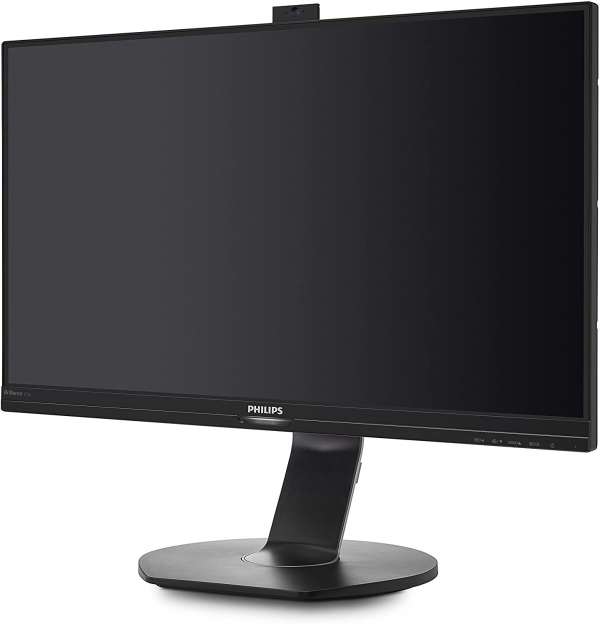
Reactivity
The Philips Brilliance PHL272B7QPTK does not use Pulse Width Modulation (PWM) to adjust the brightness. So there is no flickering when the brightness is reduced and it does not cause headaches for people who are sensitive to it. This monitor also offers several levels of blue light reduction to reduce eye strain.
The reactivity measured at 11 ms is very correct for an IPS panel and even more for a monitor intended for office automation. We obtained this value with a setting of the overdrive (response time) to "Fast". We also measured the delay on the poster (input lag) at 10.5 ms, which is a very good value. There is no lag between the action performed on the keyboard or the mouse and its repercussion on the screen.
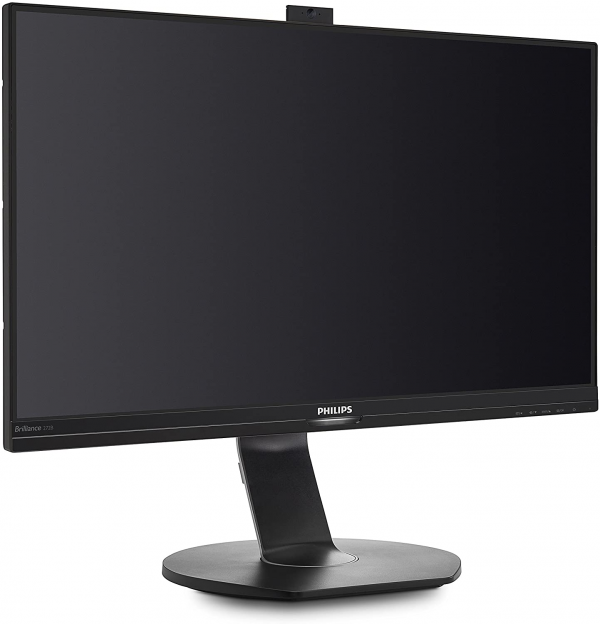
Conclusion
In addition to its price and limited contrast, the Philips Brilliance 272B7Q is the perfect office monitor. It offers a quality image, numerous settings to best adapt the screen to the working position, complete connectivity and even an integrated camera. Philips even goes so far as to add a presence detector to limit power consumption.
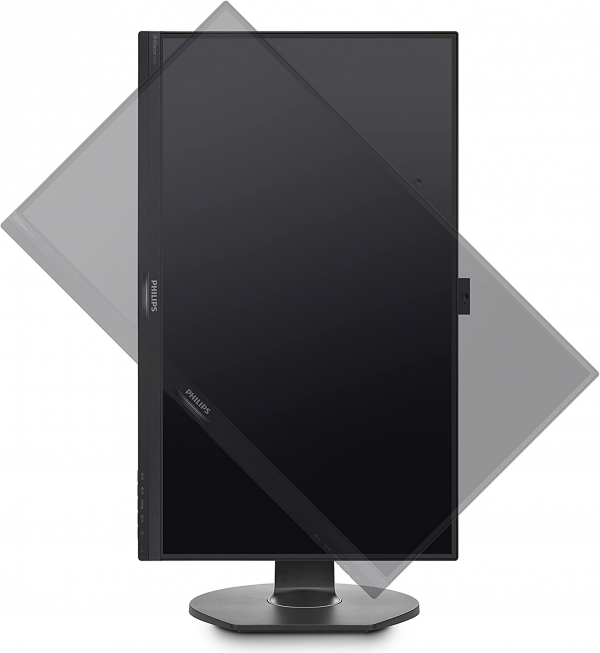
Specifications

